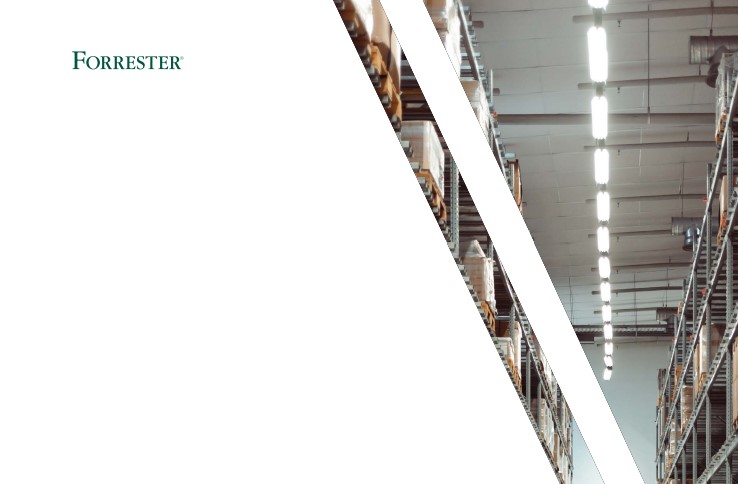Browsing Tag
procurement
20 posts
Chinese Companies Move Supply Chains Out of China to Manage Risks, Boosting India, Malaysia, and Indonesia
Chinese companies are increasingly moving their supply chains out of China to manage risks and reduce exposure to…
January 5, 2026
Balancing Priorities: How Supply Chain Leaders Can Align Stakeholder Interests
Managing supply chains is akin to conducting an orchestra – it demands coordination, precision, and strategic leadership. Like…
January 5, 2026
Procurement in 2024: Navigating Through a Maze of Challenges and Opportunities
As we transition from the tumultuous year of 2023 into 2024, procurement professionals find themselves at a critical…
January 4, 2026
ESG-Compliant Firms are More Profitable, Says Bain and Ecovadis
A recent report from consulting firm Bain & Company and sustainability ratings provider EcoVadis has found that companies…
January 4, 2026
Supply Chain Leadership in an Age of Permanent Disruption
A senior supply chain director at a global electronics manufacturer broke down in tears during a leadership meeting…
January 4, 2026
Key Supply Chain Risks for 2025 and Proactive Strategies
interos.ai, a leader in AI-driven supply chain risk intelligence, has published its inaugural Predictions Report for 2025, outlining…
January 4, 2026
Thriving in Global Supply Chain: An Interview with Daniel M. Krassenstein
Daniel M. Krassenstein, Global Supply Chain Director at Procon Pacific, brings over four decades of experience spanning across…
January 4, 2026
Unleashing the Power of Procurement: A CEO’s Secret Weapon for Growth and Resilience
Procurement in the Spotlight: Driving Business Growth and Resilience in Uncertain Times In a world marked by uncertainty…
January 3, 2026
Solving Procurement Complexity: Why Simplicity is the Key to Effectiveness
In the current world, procurement complexity is still rising owing to global disruptions, regulatory requirements, and the need…
January 2, 2026
Driving Procurement Excellence: An Interview with Rai Antonio de Jesus
With over 20 years of experience in procurement and supply chain, Rai Antonio de Jesus has held leadership…
January 2, 2026













